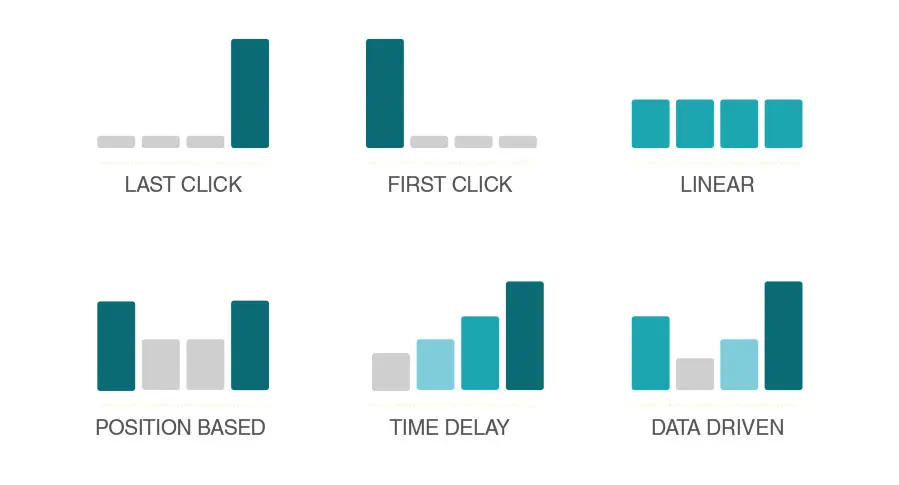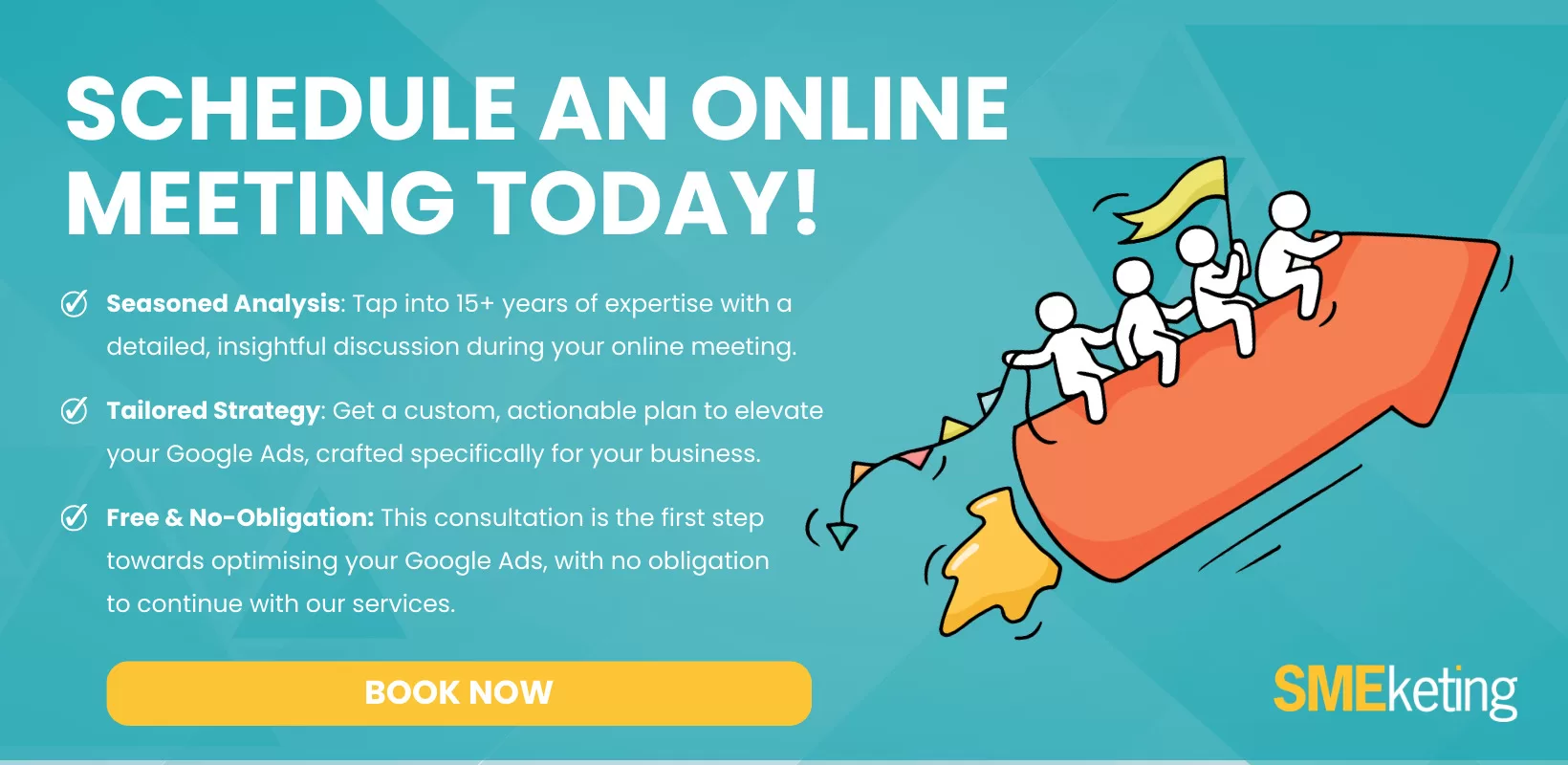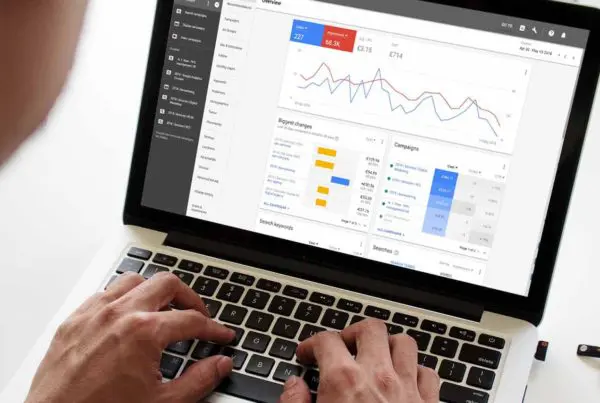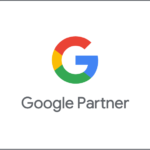The landscape of Google Ads is on the cusp of considerable change, as Google phases out first-click, linear, time decay, and position-based attribution models. In their place, the technology giant has designated data-driven attribution as the new standard.
This transition is significant, and businesses need to understand how to adapt effectively.
Embracing the Data-Driven Attribution Model
In the realm of digital marketing, attribution models are integral. They dictate how your campaigns are evaluated, optimised, and ultimately, how successful they are. My long-held stance is that the data-driven attribution model is a superior choice when uncertainty arises. The reason for this preference is simple – data-driven attribution empowers Google to ‘fill in the gaps’, delivering a comprehensive attribution outlook based on Google’s advanced algorithmic modelling.
It can be helpful to understand more about the other attribution models that were at our disposal. This helps give a bit more contex to the shift towards data-driven:
- First-Click Attribution: This model awarded all the credit to the very first touchpoint that led a customer to the website. It was useful for understanding the effectiveness of awareness campaigns, but overlooked any subsequent interactions that may have contributed to conversion.
- Linear Attribution: This model was democratic, splitting the credit equally among all the touchpoints in a customer’s journey. While it acknowledged all interactions, it lacked the nuance to recognise the varying impact of each touchpoint.
- Time Decay Attribution: In this model, the touchpoints closest to the conversion received the most credit. It recognised that the final interactions were likely pivotal in the decision-making process, but could potentially undervalue initial touchpoints that sparked interest.
- Position-Based Attribution: Also known as the U-shaped model, this approach assigned 40% of the credit to both the first and last touchpoint, with the remaining 20% spread across any middle interactions. It emphasised the importance of awareness and decision stages but might have underplayed the role of consideration phase interactions.
With the proliferation of privacy-first updates, legislative measures, consumer protection protocols, and statecraft, conventional attribution models have struggled to retain their efficiency. They were losing their edge, and Google’s move towards a more modern, robust model was perhaps inevitable.
And so, with the introduction of the data-driven model, Google is aiming to create a more dynamic, adaptive attribution model that better reflects the complexities and interdependencies of the customer journey.
If you wanted to know more about these historical attribution models, then have a read of the below article:
The Challenges of Shifting Control
However, this transition is not without its challenges. The fundamental issue lies in the consequent loss of control over our attribution models. Prior to this change, we could adjust our models to affect how our campaign performance was evaluated, training the machine learning algorithms to optimise based on our specific requirements. Now, that control has diminished.
We are required to rely on Google’s data-driven model to highlight what’s important for our campaigns. However, Google may not fully understand our individual business needs, priorities, and constraints. As such, this could result in a model that is giving us predefined answers, instead of allowing us the flexibility to ask and answer our own questions.
Also, Google may not be fully aware of our broader marketing strategies, including other advertising channels we may be utilising. It also cannot account for other variables such as organic ranking fluctuations, media mentions, marketing blitzes, or seasonality spikes, all of which could have a significant impact on our campaign performance.
Practical Tips for Transition to Data-Driven Attribution
As we navigate through this transition, here are a few practical steps to ensure a smooth shift to the data-driven attribution model:
- Stay Informed: Keep abreast of any new developments or features that Google introduces in line with this shift. Google provides comprehensive support materials and updates regularly, ensuring you can adapt and optimise your campaigns as needed.
- Leverage Google’s Advanced Reporting Tools: Google’s robust reporting capabilities, such as Google Analytics, can provide further insights into how your campaigns are performing under the new model.
- Reevaluate Your KPIs: With a new attribution model, it may be necessary to revisit your key performance indicators. Make sure your KPIs align with the data-driven model and accurately reflect your campaign goals.
- Upskill Your Team: Ensure your team is familiar with the data-driven attribution model and how it differs from the previous models. Invest in training resources if needed.
Take Advantage of Third-Party Tools
Another solution to this challenge lies in integrating third-party tools to measure campaign performance. Platforms such as NorthBeam, Wicked Reports, or SegMetrics offer alternative perspectives and insights that can supplement Google’s data-driven model.
This approach is particularly beneficial for businesses running multi-channel campaigns. Using these third-party tools, you can monitor how different traffic sources interact and influence each other, allowing for a more nuanced understanding of your overall performance.
You can take this further by integrating these tools with a Customer Relationship Management (CRM) system. Using one equipped with progressive profiling allows for appending additional datasets to user profiles. This will enable businesses to weave a more comprehensive user narrative, providing valuable insights for future campaign planning and execution.
And So….
While Google’s shift to a data-driven attribution model might seem daunting, it also presents new opportunities for businesses to harness the power of data in ways they have not done before.
By staying informed, leveraging third-party tools, and revisiting our performance indicators, we can effectively navigate this transition and continue to drive meaningful results from our Google Ads campaigns.
Let’s Navigate this Journey Together
Navigating Google’s shift to a data-driven attribution model may seem daunting, but rest assured, you don’t have to do it alone. Whether you need assistance with your Google Ads campaigns in this new landscape, or simply want to discuss your concerns or questions, we are here to help.
With our extensive expertise, we can guide you through this significant shift effectively and help you optimise your campaigns to align with the new model. Together, we can transform this transition into a unique opportunity to achieve more meaningful and impactful results from your Google Ads campaigns.
Unlock the Power of Google Ads with the Help of an Experienced Google Ads Agency
Are you worried about quality of your Google Ad campaigns? Is your current Google Ads agency not supporting you in this area?
As a Google Ads agency in Southampton, Hampshire, we are positioned perfectly to help business owners, MDs and sales/marketing managers with their Google Ads. Get started today with our free Google Ads Growth Review!
- How to Do Keyword Research for Google Ads - January 15, 2024
- A Comprehensive Guide to Google Ads for B2C Businesses - January 8, 2024
- How to Write Calls to Action (CTAs) for Google Ads - December 25, 2023









